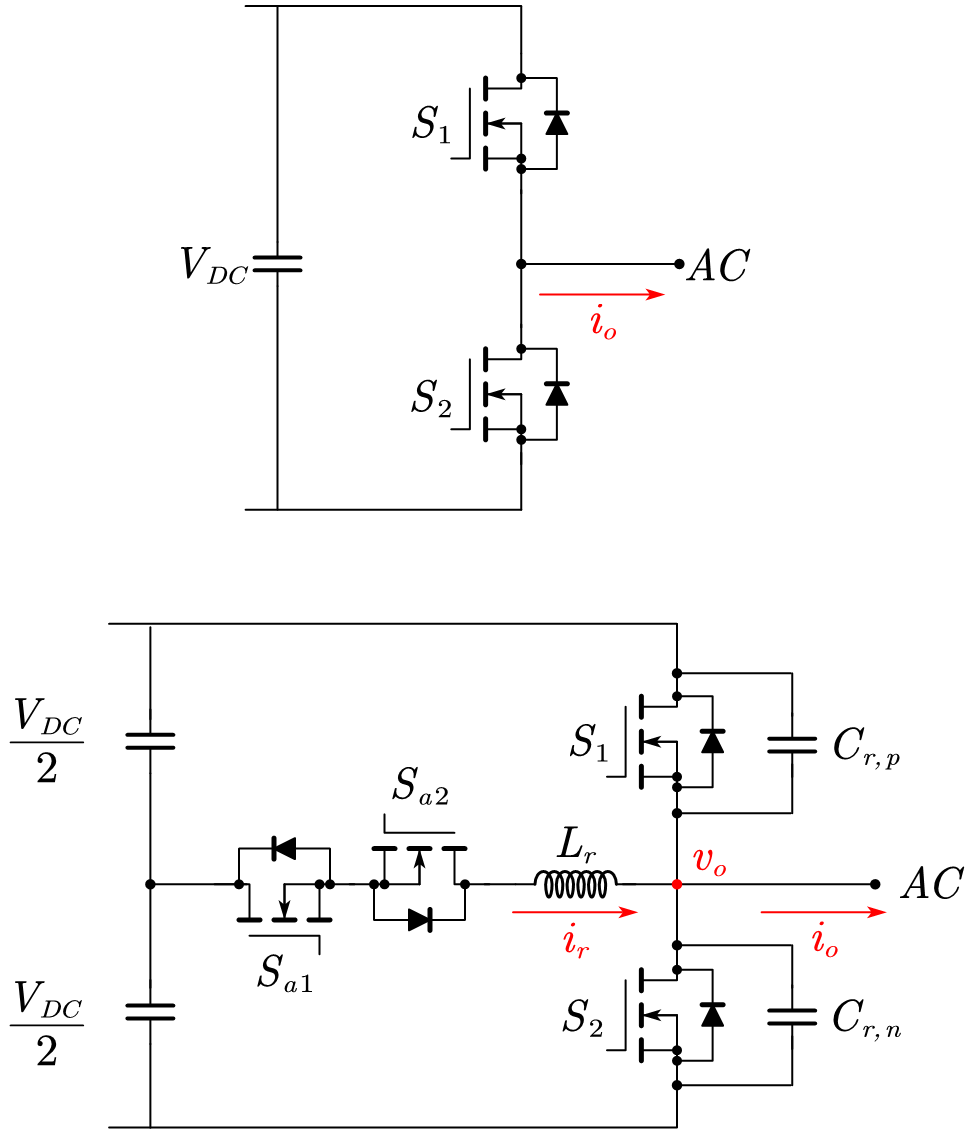LIBRARY
Evaluation and Efficiency Comparison of Soft-Switching ARCP SiC-based Traction Inverters in Electric Vehicles

Firstly, the mechanism of the SS ARCP is introduced, then a waveform-based loss model is proposed to easily calculate the additional loss generated by auxiliary circuits in the ARCP. The derived model shows accuracy compared to the circuit-level simulations conducted in PLECS software.
Secondly, a chip-area-basedmodel from the latest generation of silicon-carbide (SiC) MOSFETs is created to evaluate the impact of the chip-area. Combining the model and the characterizations, it is discovered that the performance of an ARCP is greatly impacted by the device characteristics.
In conclusion, even with the latest SiC MOSFETs, it is difficult to exceed a 0.5 % efficiency improvement by using an ARCP to replace the HS 2-L, even at a switching frequency of 100 kHz. The capability of shrinking DC-link capacitors is also limited by the large output current. Thus, from the standpoint of efficiency improvement, the HS 2-L is still a promising and low-cost solution for high-current traction inverters.






















































































